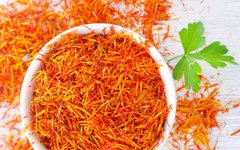Hong Hua (Safflower), the tubular flower crown of the annual herbaceous plant from the Asteraceae family, is primarily produced in Henan, Hebei, Zhejiang, Sichuan, Yunnan, Shandong, and other regions. The petals are harvested in summer when they change from yellow to red.
#
1.Hong Hua for Activating Blood Circulation
 According to Gu Wenjian’s “Chuan Chuang Ye Hua” from the Song Dynasty, there was a woman surnamed Xu in Xinchang who was critically ill after childbirth. Her family invited the famous doctor Lu Riyian for treatment. When he arrived, the patient was on the verge of death, with only a slight warmth in her chest. After examining her, Lu Riyian pondered and said, “This is a case of blood stagnation; quickly purchase several tens of pounds of Hong Hua to be effective.” He boiled the Hong Hua in a large pot, and after it boiled, poured it into three wooden barrels, placing a window frame over the barrels for the patient to lie on and inhale the medicinal vapor. After the decoction cooled, it was reheated and poured back into the barrels repeatedly. After a while, the patient’s stiff fingers began to move, and after half a day, she gradually regained consciousness and escaped danger, for which her family was immensely grateful. Someone asked Lu Riyian why this medicine was so effective. He replied, “It is because Hong Hua activates blood circulation.”
According to Gu Wenjian’s “Chuan Chuang Ye Hua” from the Song Dynasty, there was a woman surnamed Xu in Xinchang who was critically ill after childbirth. Her family invited the famous doctor Lu Riyian for treatment. When he arrived, the patient was on the verge of death, with only a slight warmth in her chest. After examining her, Lu Riyian pondered and said, “This is a case of blood stagnation; quickly purchase several tens of pounds of Hong Hua to be effective.” He boiled the Hong Hua in a large pot, and after it boiled, poured it into three wooden barrels, placing a window frame over the barrels for the patient to lie on and inhale the medicinal vapor. After the decoction cooled, it was reheated and poured back into the barrels repeatedly. After a while, the patient’s stiff fingers began to move, and after half a day, she gradually regained consciousness and escaped danger, for which her family was immensely grateful. Someone asked Lu Riyian why this medicine was so effective. He replied, “It is because Hong Hua activates blood circulation.”
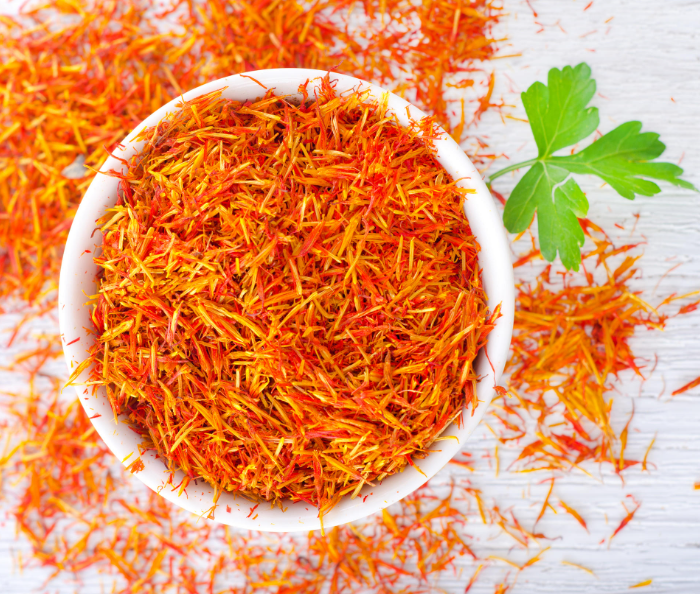
#
2.What are the Functions of Hong Hua?

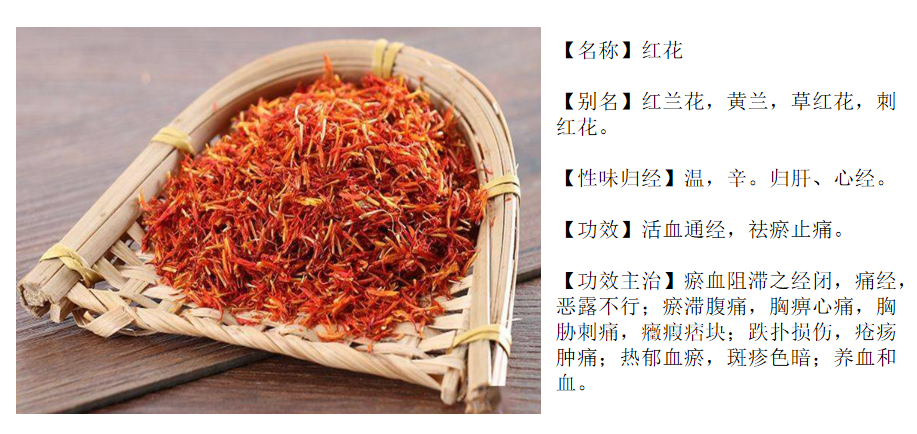 1. It can be used to treat related gynecological diseases such as amenorrhea, dysmenorrhea, and retained lochia, primarily functioning to activate blood circulation.2. It can be used for trauma, injuries, and swelling, also serving to activate blood circulation, disperse stasis, and relieve pain.3. It has certain effects on the cardiovascular system, as it can mildly stimulate the heart, reduce coronary resistance, and increase blood flow to the coronary arteries and myocardium, playing a role in anti-myocardial ischemia, and can be used for patients with myocardial infarction and arrhythmias.4. It can improve peripheral microcirculation disorders and has an anticoagulant effect.5. It also has certain effects on the central nervous system, alleviating metabolic disorders of monoamine neurotransmitters in brain tissue and regulating nerve function.
1. It can be used to treat related gynecological diseases such as amenorrhea, dysmenorrhea, and retained lochia, primarily functioning to activate blood circulation.2. It can be used for trauma, injuries, and swelling, also serving to activate blood circulation, disperse stasis, and relieve pain.3. It has certain effects on the cardiovascular system, as it can mildly stimulate the heart, reduce coronary resistance, and increase blood flow to the coronary arteries and myocardium, playing a role in anti-myocardial ischemia, and can be used for patients with myocardial infarction and arrhythmias.4. It can improve peripheral microcirculation disorders and has an anticoagulant effect.5. It also has certain effects on the central nervous system, alleviating metabolic disorders of monoamine neurotransmitters in brain tissue and regulating nerve function.
#
3.Hong Hua Dietary Therapy Recipes

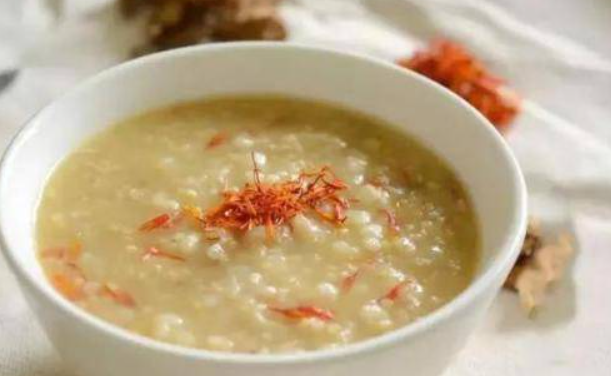
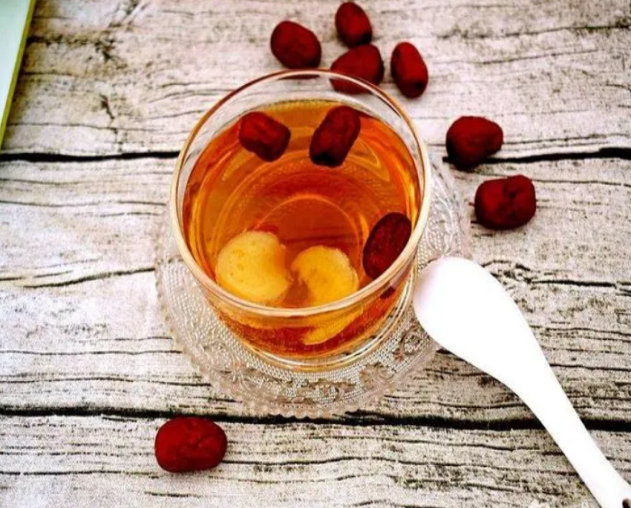 1. Hong Hua Glutinous Rice Porridge:5g of Hong Hua, 10g of Dang Gui (Angelica Sinensis), 15g of Dan Shen (Salvia Miltiorrhiza), and an appropriate amount of glutinous rice. Boil Hong Hua, Dang Gui, and Dan Shen in water, filter to retain the liquid, wash the glutinous rice, and add it to the pot with the liquid and an appropriate amount of water, cooking it as usual. Season to taste. This porridge nourishes blood, activates blood circulation, and regulates menstruation, suitable for those with menstrual irregularities.2. Hong Hua Black Bean Sweet Soup:4g of Hong Hua, 30g of black beans, and an appropriate amount of brown sugar. Soak the Hong Hua for 10 minutes, wash the black beans, and place them together in a clay pot with an appropriate amount of water. Boil on high heat for 5 minutes, then reduce to low heat until the black beans are soft. Turn off the heat, remove the black beans and Hong Hua, and add sugar to taste. This recipe activates blood circulation, disperses stasis, and relieves pain, suitable for severe dysmenorrhea due to blood stasis.
1. Hong Hua Glutinous Rice Porridge:5g of Hong Hua, 10g of Dang Gui (Angelica Sinensis), 15g of Dan Shen (Salvia Miltiorrhiza), and an appropriate amount of glutinous rice. Boil Hong Hua, Dang Gui, and Dan Shen in water, filter to retain the liquid, wash the glutinous rice, and add it to the pot with the liquid and an appropriate amount of water, cooking it as usual. Season to taste. This porridge nourishes blood, activates blood circulation, and regulates menstruation, suitable for those with menstrual irregularities.2. Hong Hua Black Bean Sweet Soup:4g of Hong Hua, 30g of black beans, and an appropriate amount of brown sugar. Soak the Hong Hua for 10 minutes, wash the black beans, and place them together in a clay pot with an appropriate amount of water. Boil on high heat for 5 minutes, then reduce to low heat until the black beans are soft. Turn off the heat, remove the black beans and Hong Hua, and add sugar to taste. This recipe activates blood circulation, disperses stasis, and relieves pain, suitable for severe dysmenorrhea due to blood stasis.
#
4. Dietary Contraindications
 1. Although Hong Hua is a medicinal herb, it has significant side effects. If taken daily by individuals without blood stasis, it may lead to excessive bleeding.2. Another side effect of Hong Hua is that it can promote miscarriage; therefore, pregnant women and those planning to conceive should avoid consuming Hong Hua, as it has historically been used as an abortifacient.3. It is advisable to limit the consumption of Hong Hua to no more than 10 grams at a time, as it has a strong stimulating effect on the nervous system. Excessive consumption may lead to dizziness and, in sensitive individuals, allergic reactions such as urticaria and rashes.
1. Although Hong Hua is a medicinal herb, it has significant side effects. If taken daily by individuals without blood stasis, it may lead to excessive bleeding.2. Another side effect of Hong Hua is that it can promote miscarriage; therefore, pregnant women and those planning to conceive should avoid consuming Hong Hua, as it has historically been used as an abortifacient.3. It is advisable to limit the consumption of Hong Hua to no more than 10 grams at a time, as it has a strong stimulating effect on the nervous system. Excessive consumption may lead to dizziness and, in sensitive individuals, allergic reactions such as urticaria and rashes.
If you have any questions, please click the image to consult me directly.
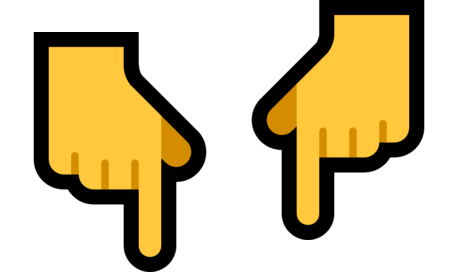

END
More health science content
Please click below to follow【Sheng Zhongyi Second Hospital Pulmonary Department Dr. Yin】

